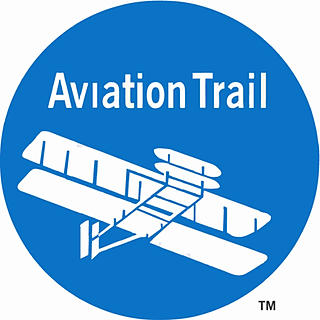This Month in Aviation History
- Aviation Trail
- Apr 11, 2020
- 2 min read
April 15, 1952 - First flight of the Boeing B-52 Stratofortress:
On that day the YB-52 prototype model, designed to carry nuclear weapons as a Cold War deterrent, took off from Boeing Field in Seattle headed to Larson AFB.
Boeing produced 744 B-52’s from 1952 to 1962. The plane went into service in 1955, and over the last six decades, the bomber has been adapted as needed for changing mission and combat requirements, such as low-level bombing, and missile deployment. Nearly 60 B-52’s are still in service with several more in reserve. The versatile aircraft continues to be a valuable contributor to U.S. military arsenal, and is planned for use by the USAF through 2050.

A weekend in Dayton, and the design of the B-52:
The design of what turned out to be the B-52 went through several iterations. When, in 1946, the contract for a large, long range, high altitude, strategic bomber was awarded to Boeing, it was first envisioned as being powered by four turboprop engines with contrarotating propellers, and straight wings. At the time there was a debate over the value of using turboprop versus jet propulsion, with the turboprop using less fuel but sacrificing speed.
On Thursday, October 21, 1948 Boeing engineers presented a four-engine turboprop design to the Air Force project officer, Colonel Henry Edward (“Pete”) Warden, at the Van Cleve Hotel in Dayton, Ohio, near the development and testing center at Wright Patterson Air Force Base.

Colonel Warden, an MIT educated engineer, was a proponent of jet propulsion, and knew that Pratt & Whitney’s J57 turbojet engine was more efficient that previous jet engines. At that meeting he asked the Boeing engineers to redesign the plane using turbojet power, and after a night of redesigning in their hotel suite, they presented a jet version. Colonel Warden was not satisfied with this result, and he asked for a new design by Monday.
Boeing engineers George S. Schairer, Art Carlsen and Vaughn Blumenthal had been joined by Ed Wells, Boeing vice president of engineering, plus engineers Bob Whithington and Maynard Pennell, and spent the weekend at the Van Cleve completely reconfiguring their design. While the others crunched numbers and analyzed data, George Schairer, the chief aerodynamicist, went to a local hobby store to get model building supplies, and configured a 14” silver painted model of the new design, which incorporated eight turbojet engines, paired in pods hanging below the swept wings. The design incorporated various other innovations. The sculpted model, along with a 33-page proposal was presented to the Air Force on Monday. Colonel Warden knew that this was going to be the B-52.
Learn more about the B-52, and B-52 specs, on these links:
Footnote: Retired Air Force Colonel Roger McClure, a member of the Aviation Trail Board of Trustees, was an experienced pilot of the B-52, as well as many other aircraft, and shared some fond memories of this iconic and versatile airplane: "I was fortunate enough to have flown a couple thousand hours in several different models of the aircraft, and was commander of a B-52 Unit back in the mid 70's. Also, actually flew several combat missions in the very aircraft that is on display at the Air Force Museum".







Comments